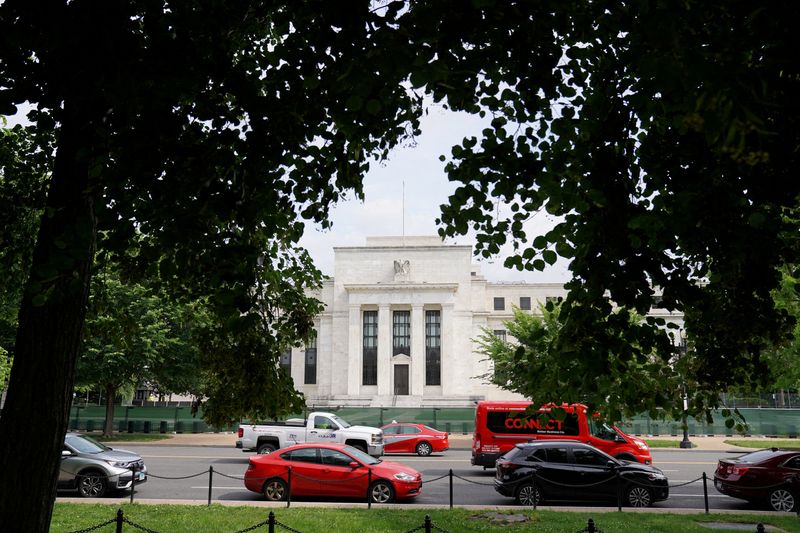Austan Goolsbee, President of the Federal Reserve Bank of Chicago, indicated that the U.S. central bank may lower the policy rate by a quarter percentage point this year and an additional full percentage point next year. This outlook aligns with the projections made by Federal Reserve policymakers during their September meeting. Goolsbee emphasized his belief that interest rates will likely decrease over the next year, following the guidance outlined in the Fed’s dot plot, which visually represents the rate forecasts of the 19 Fed policymakers.
The dot plot from September revealed a median estimate of the policy rate reaching 4.4% by the end of the current year. This figure is slightly below the existing rate and suggests a cautious approach toward achieving lower interest rates amid ongoing economic conditions. Furthermore, the projections anticipate a further reduction, with the policy rate expected to decline to 3.4% by the end of the following year. The Fed’s rate path indicates a gradual easing rather than a rapid drop, reflecting the challenge of balancing inflation control and economic growth.
In his interview with Bloomberg TV, Goolsbee reiterated that the Fed’s decisions would hinge on evolving economic data and the overarching goals of the central bank, particularly regarding inflation management. The prospect of lower interest rates can stimulate consumer spending and investment, which are crucial for economic expansion. However, the Fed remains vigilant in addressing inflationary pressures as it navigates the complexities of the current economic landscape.
The potential interest rate cuts signal a shift from the more aggressive monetary tightening seen in previous months, underscoring the Fed’s adaptability to changing economic signals. As inflationary trends evolve, the Fed’s policy adjustments will play a critical role in shaping economic stability, influencing market dynamics, and impacting consumer confidence. The central bank’s commitment to transparent communication, as demonstrated through the dot plot, aims to manage expectations and maintain stability in financial markets.
Market participants are closely monitoring statements from Federal Reserve officials, particularly those regarding the timing and magnitude of potential rate cuts. Market sentiment can be significantly affected by the Fed’s views on inflation and economic recovery. Goolsbee’s comments may provide insight into how policymakers are interpreting current economic data and their implications for future monetary policy decisions.
In summary, Goolsbee’s insights reflect a broader trend within the Federal Reserve towards a more accommodative monetary policy stance. By signaling potential rate cuts over the next year, the Fed aims to foster a conducive environment for economic growth while remaining responsive to the challenges posed by inflation. As the Fed navigates this complex terrain, its decisions will be critical in shaping the trajectory of the U.S. economy in the coming months.

